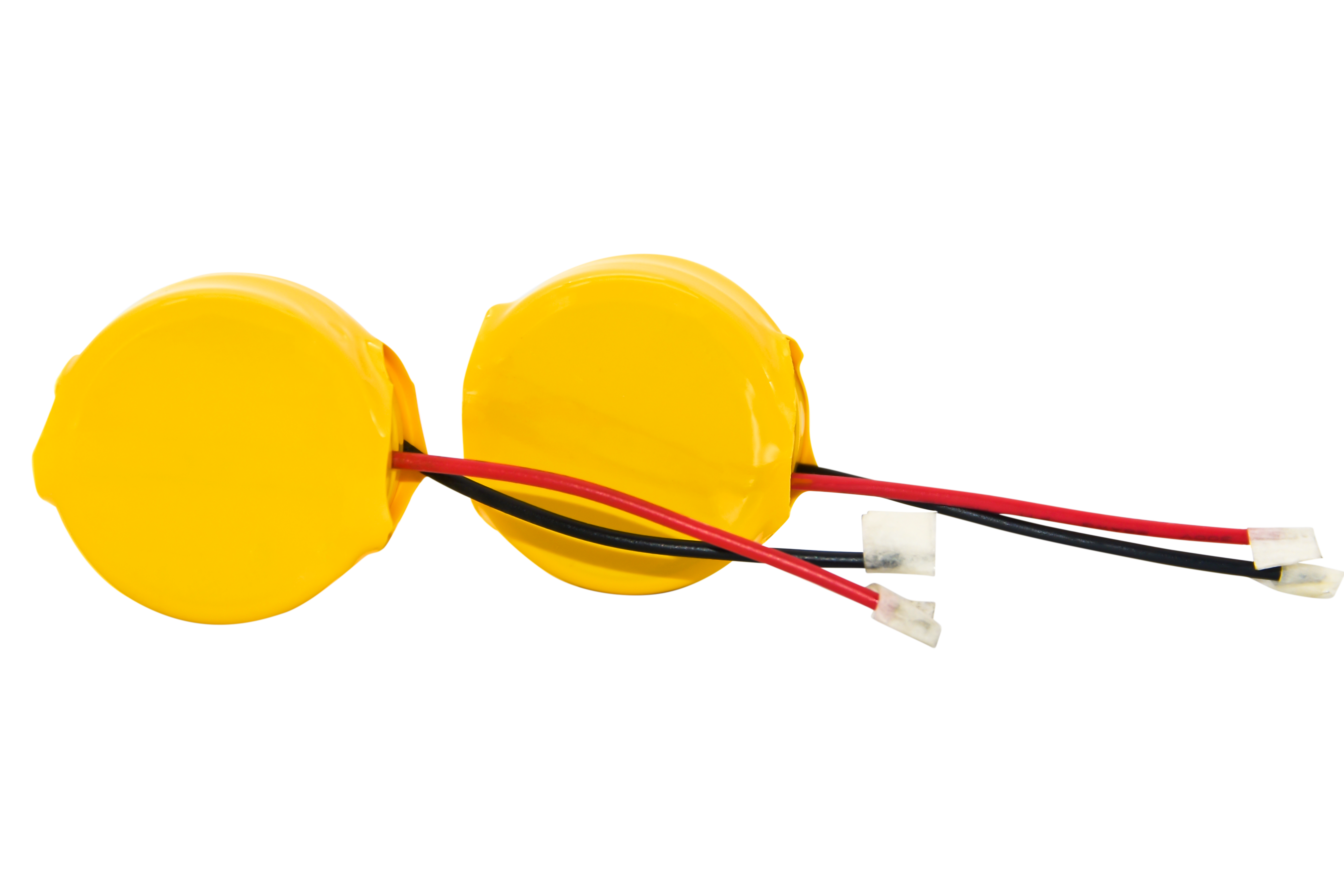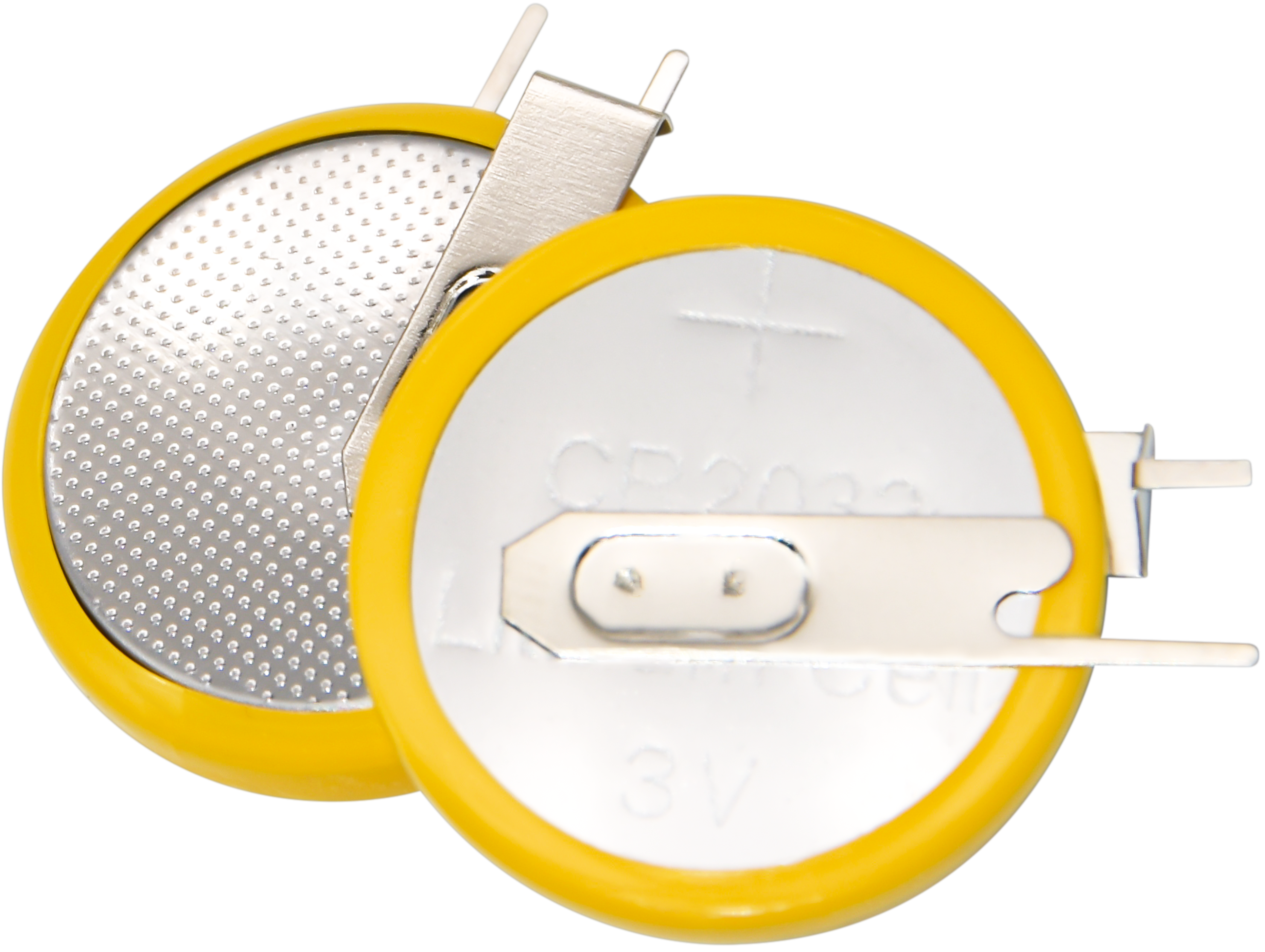rechargeable lithium button cell
The rechargeable lithium button cell represents a significant advancement in portable power technology, combining compact design with reliable performance. These small yet powerful energy sources utilize lithium-based chemistry to deliver consistent power output while maintaining their ability to be recharged hundreds of times. With diameters typically ranging from 10 to 24 millimeters and heights of 1.6 to 5 millimeters, these cells pack substantial energy density into a remarkably small form factor. They operate at a nominal voltage of 3.6V and provide capacities ranging from 40 to 120mAh, depending on their size. The cells employ advanced safety features, including built-in protection circuits that prevent overcharging and over-discharging, ensuring both longevity and safe operation. Their applications span across numerous industries, from consumer electronics like fitness trackers and smart cards to medical devices and automotive key fobs. The integration of modern charging technology allows for efficient recharging through standardized USB interfaces or specialized charging systems, making them both user-friendly and environmentally responsible.


